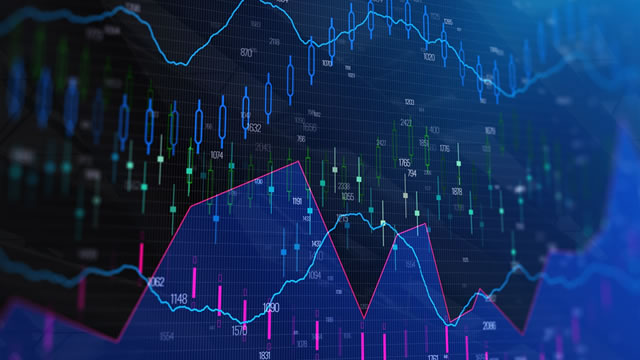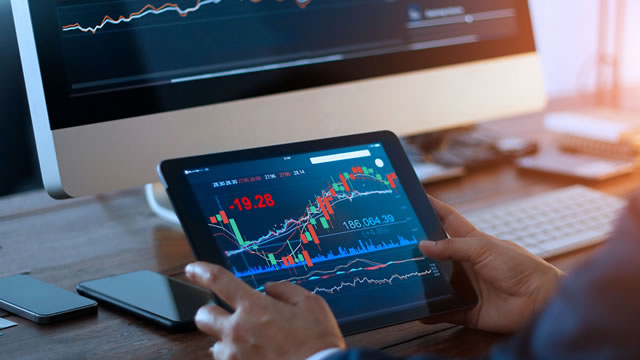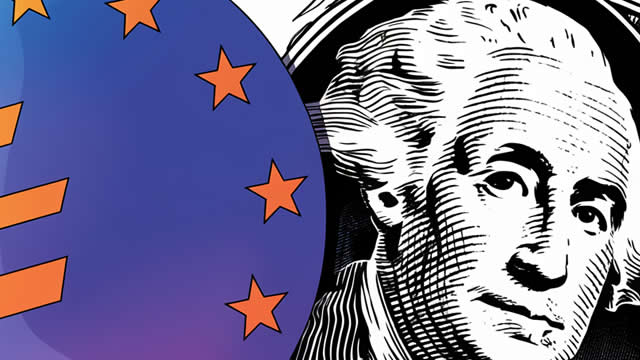Stagflation Fears Revive Gold’s Luster: An In-depth Analysis
The global economic landscape is experiencing a significant shift, and the specter of stagflation – a combination of inflation and stagnant economic growth – is once again casting a long shadow over financial markets. Amidst these uncertain times, investors are turning to traditional safe-haven assets, and gold is leading the charge.
The Return of Stagflation: A Global Concern
Stagflation, a term coined during the 1970s, refers to an economic condition characterized by high inflation, stagnant economic growth, and high unemployment. The current economic climate, with rising inflation rates and sluggish growth in several major economies, bears a striking resemblance to this phenomenon.
Gold: A Time-Tested Safe Haven
Gold, a precious metal with a long-standing reputation as a safe-haven asset, has historically performed well during periods of economic uncertainty. As investors seek to protect their wealth from the potential negative effects of stagflation, they are turning to gold.
Commerzbank’s Perspective: Gold Prices on the Rise
According to a recent report by Commerzbank, the German multinational investment bank, gold prices are expected to continue their upward trend due to the growing fears of stagflation. The bank’s analysts explain that “Investors are looking for a safe haven, and gold is one of the best options available.”
The Impact of Stagflation on Individuals
For individuals, stagflation can lead to a decrease in purchasing power as the cost of goods and services rises while wages remain stagnant. Investing in gold can help mitigate the effects of inflation by providing a store of value that maintains its worth during uncertain economic times.
- Higher prices for goods and services
- Stagnant wage growth
- Reduced purchasing power
The Impact of Stagflation on the World
On a global scale, stagflation can lead to a number of negative consequences, including:
- Lower economic growth
- Increased volatility in financial markets
- Reduced consumer confidence
The Role of Central Banks in Stagflation
Central banks, which play a crucial role in managing a country’s economy, face a challenging task during periods of stagflation. They must balance the need to control inflation with the need to support economic growth.
Conclusion: Gold as a Hedge Against Stagflation
In conclusion, the resurgence of stagflation fears is driving gold prices higher as investors seek a safe haven for their wealth. The potential negative effects of stagflation, both for individuals and the global economy, underscore the importance of having a diversified investment portfolio that includes gold as a hedge against inflation and economic uncertainty.
As we navigate this complex economic landscape, it is essential to stay informed and adapt our financial strategies accordingly. Gold, with its long-standing reputation as a safe-haven asset, can play a vital role in protecting and growing your wealth during uncertain times.
Stay tuned for more insightful analysis and investment strategies from our team of experts. In the meantime, consider adding gold to your investment portfolio as a hedge against the potential negative effects of stagflation.





